
views
Using Windows 10 Settings

Open Start Windows Start. Click the Windows logo in the bottom-left corner of the screen.
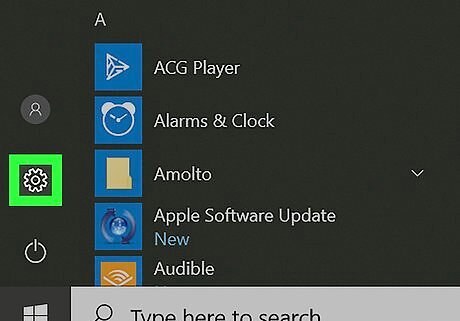
Open Settings Windows Settings. Click the gear-shaped icon in the lower-left side of the Start window.

Click Apps. You'll find this option in the Settings window.

Click the Apps & features heading. It's a tab in the upper-left side of the window. Doing so opens a list of your currently installed programs.
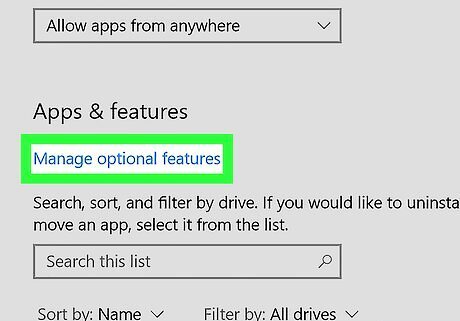
Click Manage optional features. This link is directly below the "Apps & features" heading near the top of the window. Clicking it opens a list of your currently installed optional features, one of which is Internet Explorer.
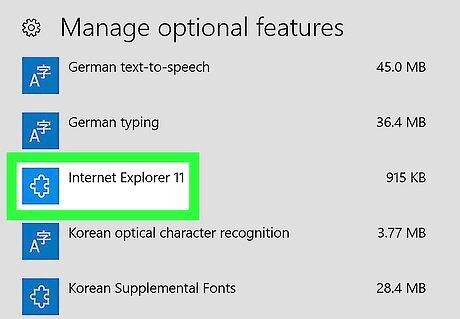
Click Internet Explorer 11. It's usually near the top of the page, though you may have to scroll down if you have several optional features (e.g., languages) installed.

Click Uninstall. It's below the "Internet Explorer 11" heading. Internet Explorer will begin removing itself from your computer.

Wait for Internet Explorer 11 to disappear. This should only take a few seconds; once you see the "Internet Explorer 11" heading disappear from this page, you can proceed.
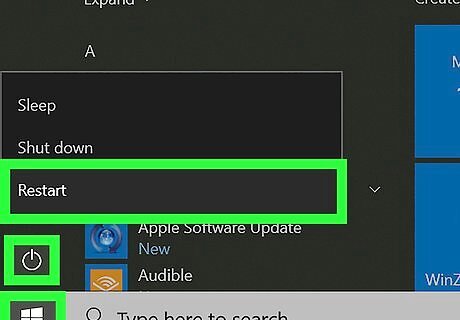
Restart your computer. Click Start Windows Start, click Power Windows Power, and click Restart in the pop-up menu. Once your computer finishes restarting, Internet Explorer will be gone.
Using Control Panel

Open Start Windows Start. Click the Windows logo in the bottom-left corner of the screen to do so. On Windows 7, you'll click Windows 7 Start here instead. On Windows 8, place your mouse cursor in the upper-right corner of the screen, then click the magnifying glass icon that appears.
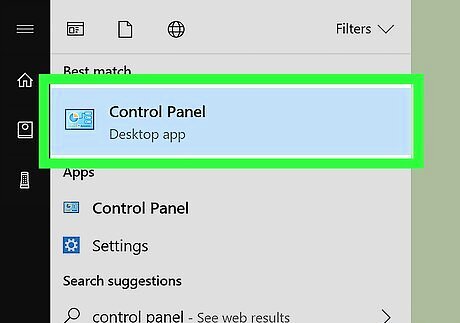
Open Control Panel. Type in control panel, then click the blue Control Panel icon at the top of the Start window.
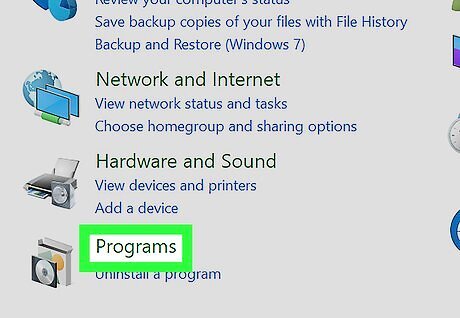
Click Programs. It's a heading near the bottom of the Control Panel window. If the "View by" heading in the upper-right side of the window has "Large icons" or "Small icons" to the right of it, you'll click Programs and Features instead.
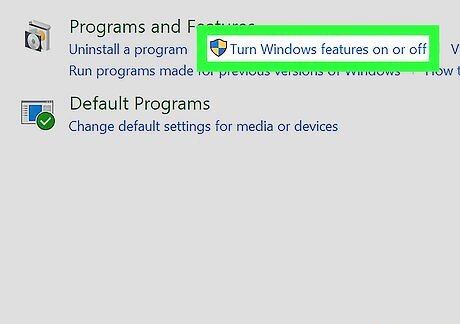
Click Turn Windows features on or off. This option is either below the "Programs and Features" heading at the top of the page or in the upper-left side of the page. Doing so opens a pop-up window.
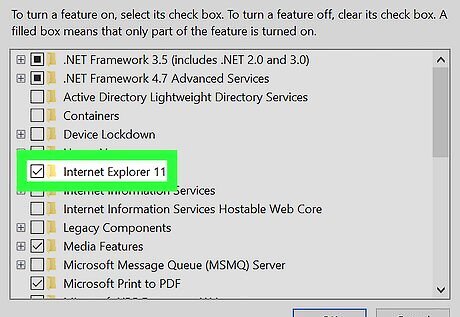
Find and uncheck the "Internet Explorer 11" box. You'll find this option near the top of the window. Clicking the checked box to the left of the "Internet Explorer 11" heading will uncheck it.
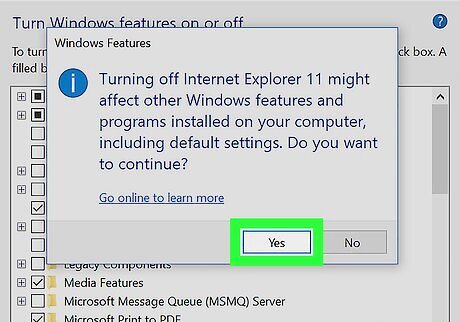
Click Yes when prompted. This confirms that you want to remove Internet Explorer from your computer.

Click OK. It's at the bottom of the window. Doing so will prompt your computer to begin disabling Internet Explorer. This process can take several minutes to complete.
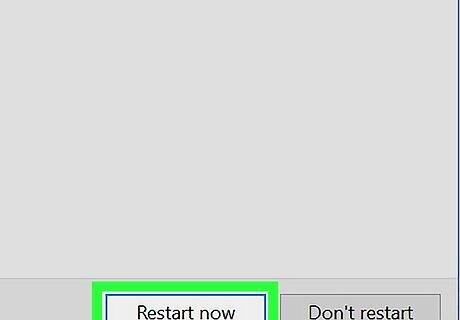
Click Restart now when prompted. It's in the lower-left corner of the window. When your computer finishes restarting, Internet Explorer 11 will be gone from your computer.




















Comments
0 comment